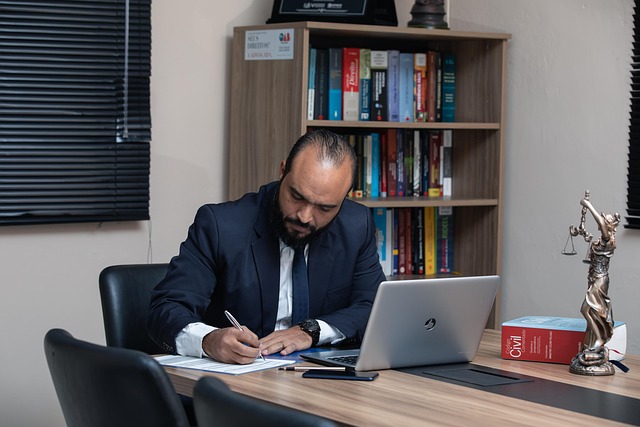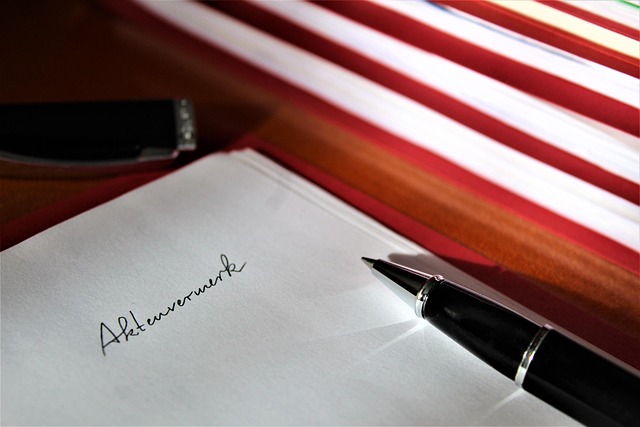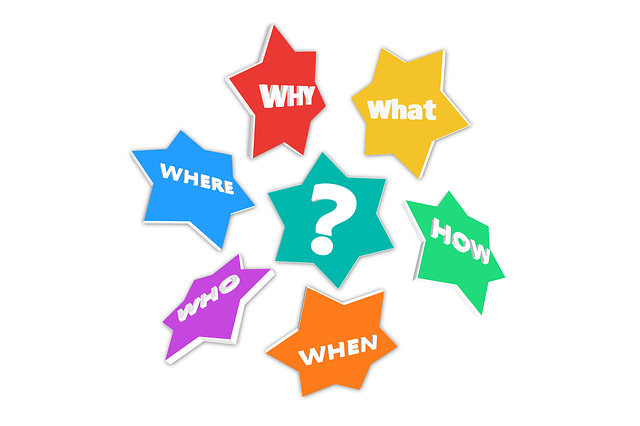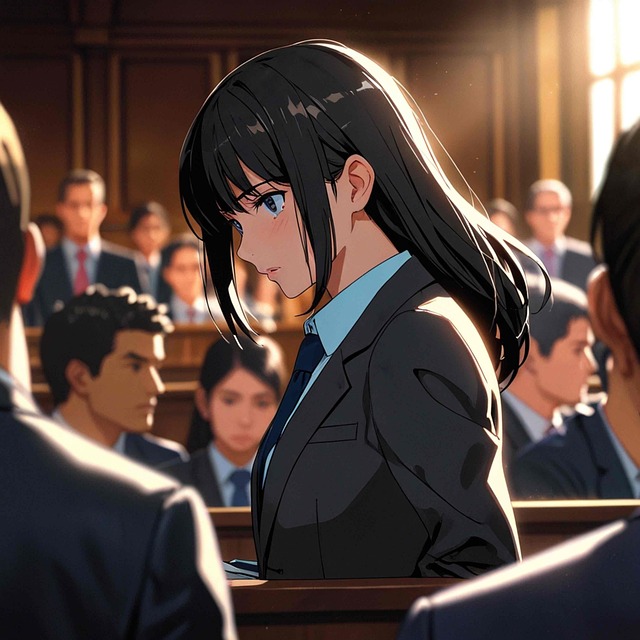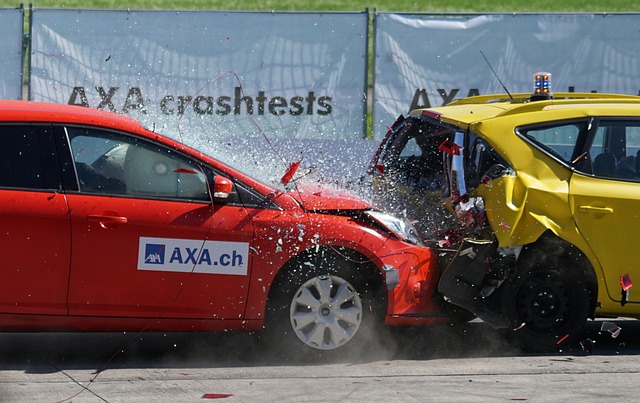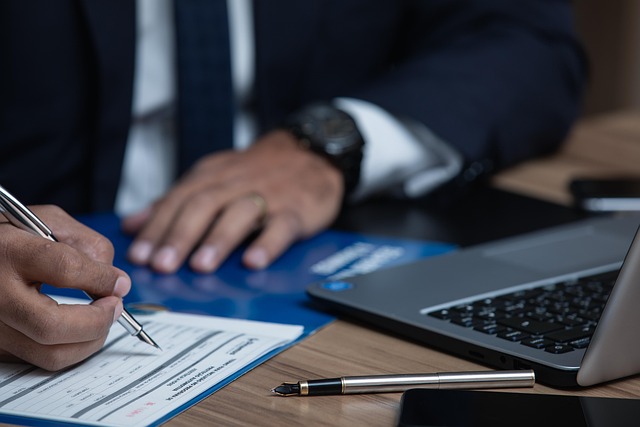Slip and fall negligence cases center on establishing liability for injuries stemming from unsafe property conditions. Lawyers play a vital role by investigating, using expert opinions, analyzing maintenance records, and reconstructing incidents to prove breach of duty. This strategic approach, crucial for justice, differentiates these claims from other personal injury disputes, especially highlighting vulnerability in elder abuse cases and product liability complexities.
In slip and fall negligence cases, establishing fault is paramount. Lawyers play a pivotal role in navigating these complex scenarios, where even minor mishaps can lead to significant legal implications. This article delves into the intricate process of how attorneys prove fault, offering insights into understanding slip and fall cases, leveraging legal expertise, and employing effective strategies along with compelling evidence. By exploring these key aspects, we aim to equip readers with a comprehensive guide to evaluating and presenting such cases.
- Understanding Slip and Fall Negligence Cases
- The Role of Legal Expertise in Proving Fault
- Presenting a Compelling Case: Strategies and Evidence
Understanding Slip and Fall Negligence Cases
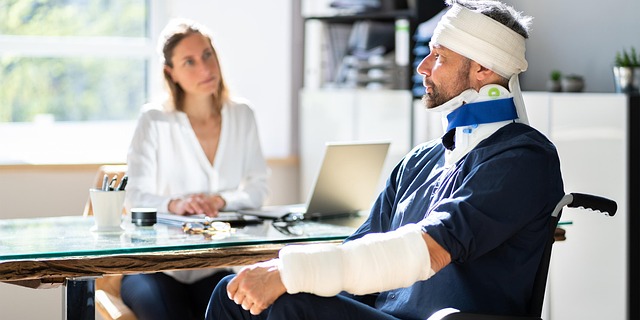
Slip and fall negligence cases are a common legal area that centers around establishing liability for injuries sustained due to hazardous conditions on someone else’s property. When a person slips, trips, or falls on another’s premises and incurs injuries, they may have grounds to file a lawsuit if the owner or manager of the property was negligent in maintaining a safe environment. These cases often require thorough investigation and legal expertise to prove fault.
In these types of litigation, lawyers play a pivotal role in gathering evidence and constructing a compelling argument. They must demonstrate that there was indeed a breach of the duty of care owed to the plaintiff, which is typically established through local laws and regulations regarding property maintenance standards. This may involve analyzing factors like lighting, floor surfaces, and the presence of obstacles or defective products on the premises. Real estate litigation experts often delve into these details, considering even subtle breaches that could lead to significant injuries, ultimately ensuring justice for those affected by such incidents.
The Role of Legal Expertise in Proving Fault
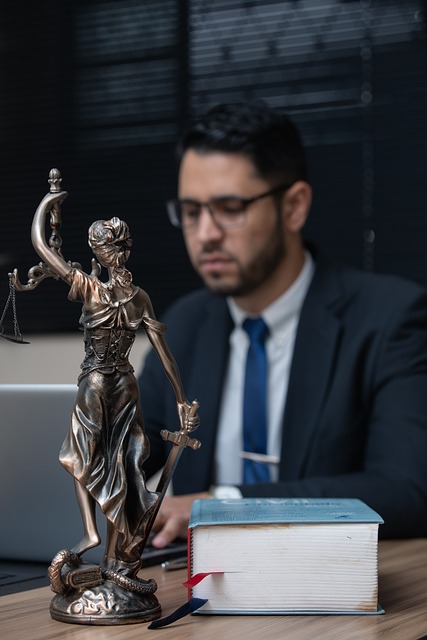
In slip and fall negligence cases, legal expertise plays a pivotal role in proving fault. Lawyers specializing in personal injury, particularly those with experience in real estate litigation and employment disputes, employ sophisticated strategies to establish liability. They meticulously examine the circumstances surrounding the incident, gathering evidence such as security footage, witness statements, and expert opinions from medical professionals to reconstruct the event accurately.
This expertise extends beyond the immediate scene of the slip and fall. Lawyers also consider broader context, including maintenance records, local safety regulations, and previous similar incidents in the area. By integrating these diverse pieces of information, legal experts can identify negligence on the part of property owners or managers, demonstrating that their failure to maintain a safe environment contributed to the accident. This approach ensures a comprehensive and compelling case, distinguishing slip and fall negligence claims from other types of personal injury disputes, like defective products.
Presenting a Compelling Case: Strategies and Evidence
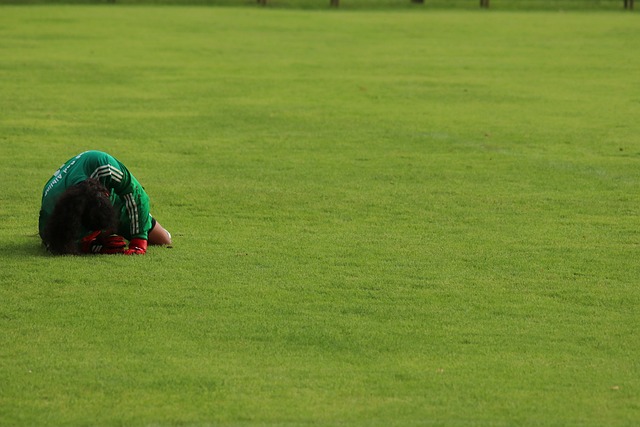
In a slip and fall negligence case, presenting a compelling case hinges on strategic planning and robust evidence. Lawyers must first thoroughly investigate the incident scene, gathering details like photographs, witness statements, and expert opinions to construct a strong narrative. This includes examining the conditions that led to the fall, such as uneven flooring or poorly maintained facilities.
To prove fault, legal professionals should focus on establishing a clear causal link between the hazardous condition and the resulting injuries. They can introduce medical records detailing the extent of the victim’s injuries, which may include serious injuries from falls. In cases involving elder abuse, for instance, these strategies become even more crucial as elders are particularly vulnerable to slip and fall accidents. Additionally, product liability claims could enter the picture if defective products contributed to the incident, further emphasizing the importance of meticulous evidence collection and analysis.
In slip and fall negligence cases, lawyers play a pivotal role in navigating complex legal landscapes to prove fault. By leveraging their expertise and employing strategic evidence, such as expert witness testimony, medical records, and detailed recreations of the incident scene, attorneys can build compelling cases that ensure justice for clients. Understanding these processes is crucial for both plaintiffs and defendants alike, as it underscores the importance of legal representation in securing favorable outcomes in slip and fall negligence disputes.
